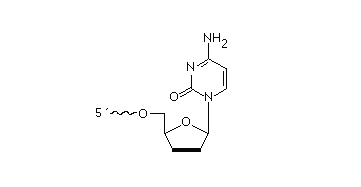
 2’3′-ddC
2’3′-ddC
It serves as a blocker of 3' polymerase extension. 2',3'-ddC may be attached to the 3' end of the oligonucleotide.
We are an EN ISO 9001 and 13485 certified EU-located company manufacturing custom DNA oligos. We have been synthesizing custom DNA oligonucleotides since 1995. Every year our custom oligo synthesis services produce dozens of thousands of oligos in many categories: unmodified oligos, variously modified oligos, oligos with various types of purifications and for various purposes (biological techniques based mostly on PCR, NGS, biophysical studies etc.). We produce real-time PCR probes as well.
The know-how we acquired in custom DNA oligo synthesis during more than 25 years is implemented into the development of other products, especially CE IVD kits and Life Sciences products.
Our typical partners are end-users of the custom DNA oligos (customers mostly in CZ and SK), business partners and distributors. We are looking for business partners and/or distributors worldwide who can fit the portfolio of our products, either the whole or a part of it, into their sales strategy.

It serves as a blocker of 3' polymerase extension. 2',3'-ddC may be attached to the 3' end of the oligonucleotide.
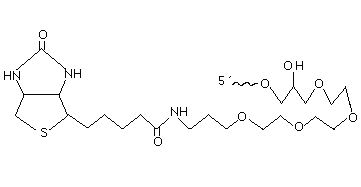
Biotin is ligated to the oligonucleotide by means of a triethylene glycol spacer (TEG), extending the distance between the oligonucleotide and the biotin by 15 atoms. Biotin-TEG may be ligated to the 3 'end of the oligonucleotide.
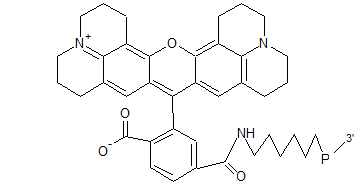
ROX (6-Carboxy-X-Rhodamine) is a red fluorophore. It can be linked to the 3 'end of the chain, or by using the NHS ester at 5'. In case of binding at the 5 'end, the amino linker is first attached to the oligonucleotide through which the post-synthetic binding of ROX then proceeds.
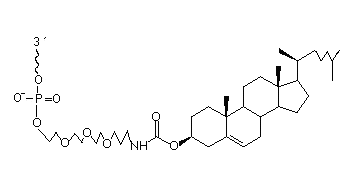
Adding cholesterol increases oligonucleotide lipophility. Furthermore, cholesterol improves the permeability of oligonucleotide chains through cellular membranes in antisense oligonucleotides (phosphorothioates or other derivatives). Cholesterol may be attached either to the 5' end or the 3' end of the oligonucleotide.
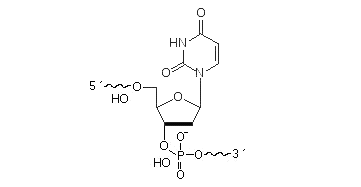
Deoxyuridine is usually introduced to the oligonucleotide DNA instead of deoxythimine. May be attached anywhere within the oligonucleotide sequence.

It is used to study oligonucleotide activity changes following alteration of the main structural component. 7-Deaza-8-aza-dG may be attached anywhere within the oligonucleotide sequence except for the 3' end.
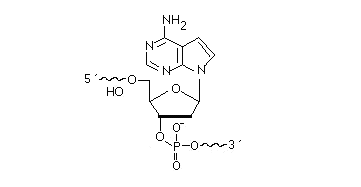
It is used to study oligonucleotide activity changes following alteration of the main structural component. 7-Deaza-dA may be attached anywhere within the oligonucleotide sequence except for the 3' end.
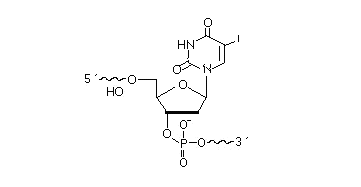
May be attached anywhere within the oligonucleotide sequence except for the 3' end. It is used for crystallographic studies of oligonucleotide structures. 5-I-dU is photolabile, the feature which is utilized in cross-linking studies investigating protein-DNA complex structures.
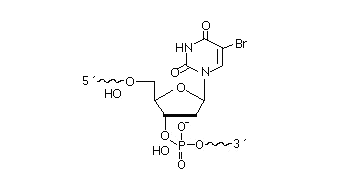
May be attached anywhere within the oligonucleotide sequence except for the 3' end. It is used for crystallographic studies of oligonucleotide structures. 5-Br-dC is photolabile, the feature which is utilized in cross-linking studies investigating protein-DNA complex structures.
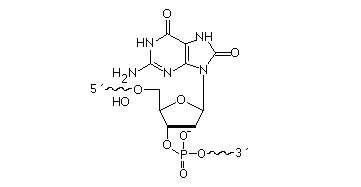
May be attached anywhere within the oligonucleotide sequence except for the 3' end. It is used for structural and activity studies concerning oligonucleotides carrying an 8-oxo mutation. This naturally occurs when DNA is exposed to oxidative agents or ionizing radiation.
Your request has been sent.
Your cycler has not been included in the list?
Send us the type of your cycler and we will find a solution for you.
Your request has been sent.
Thank you for your inquiry
Thank you for your inquiry
Your registration has been sent.
Thank you for your inquiry
Price will be calculated based on your exact location within 2 working days.